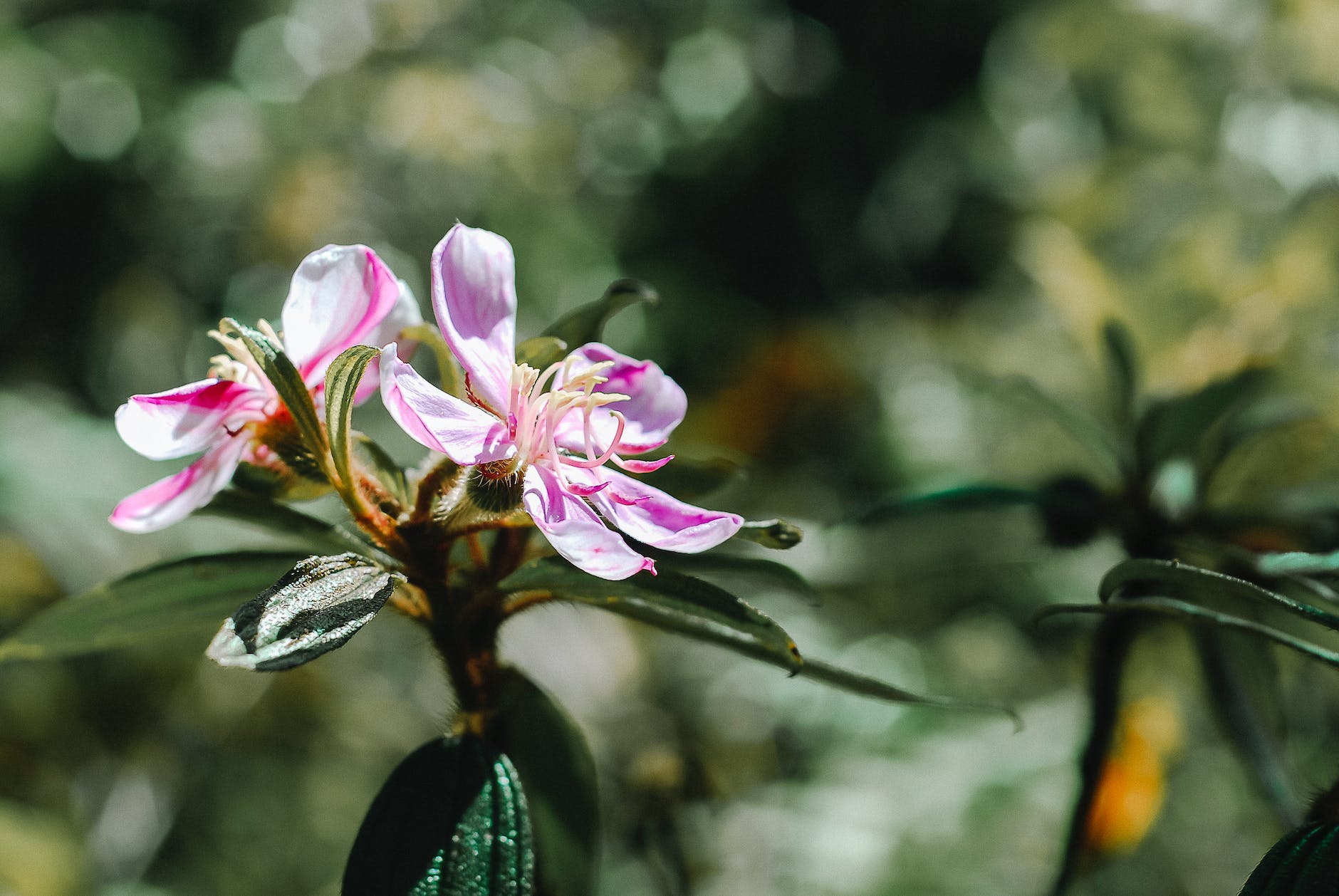Ashley Jones from The Australian National University in Australia presented at the Nanopore Community Meeting in Singapore on “Exploring post-transcriptional modifications during myrtle rust pathogen-plant interactions.” Myrtle rust is a biotrophic (needs a living plant to survive) fungus Austropuccinia psidii that infects plants in the Myrtaceae family and is spreading, according to Jones. Myrtle rust damages plants, and Jones designed an experiment that aimed to create a high-quality transcriptome using direct RNA long-read sequencing for both the plant and fungus. Jones also wanted to create a high quality reference and identify methylation patterns in transcripts. The experiment was designed with plants in a greenhouse. They were able to do differential transcript analysis, identifying how plants respond with different isoforms. Jones and team were able to identify different isoforms and a dynamic epitranscriptome. There were transitions to preferential isoforms as the infection progressed. The responses from both the plant and fungus and changes in transcripts were dynamic, with switches back and forth to preferential isoforms. I wonder how complex interactions are between microbes and if there are similar epitranscriptome changes.



